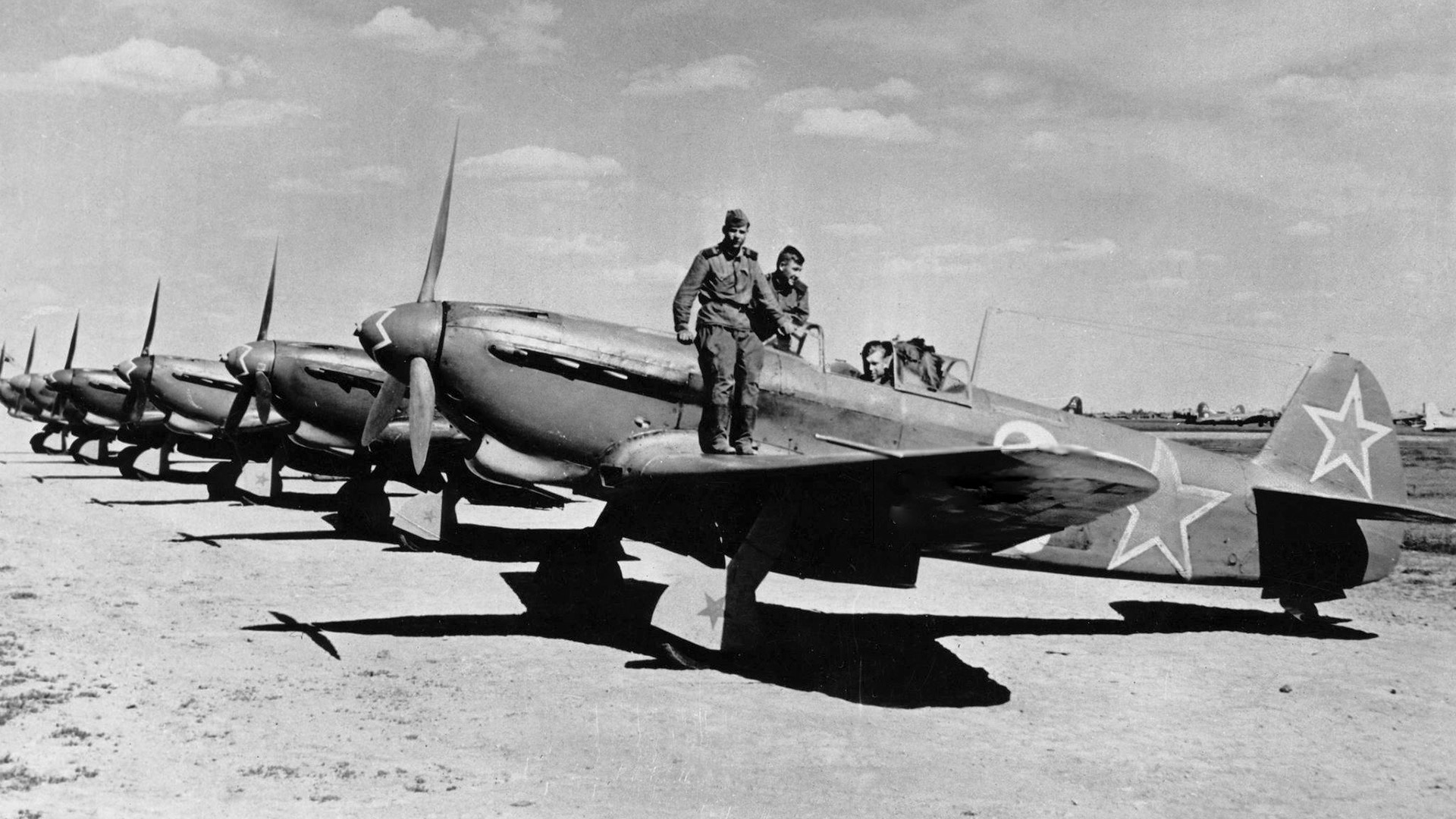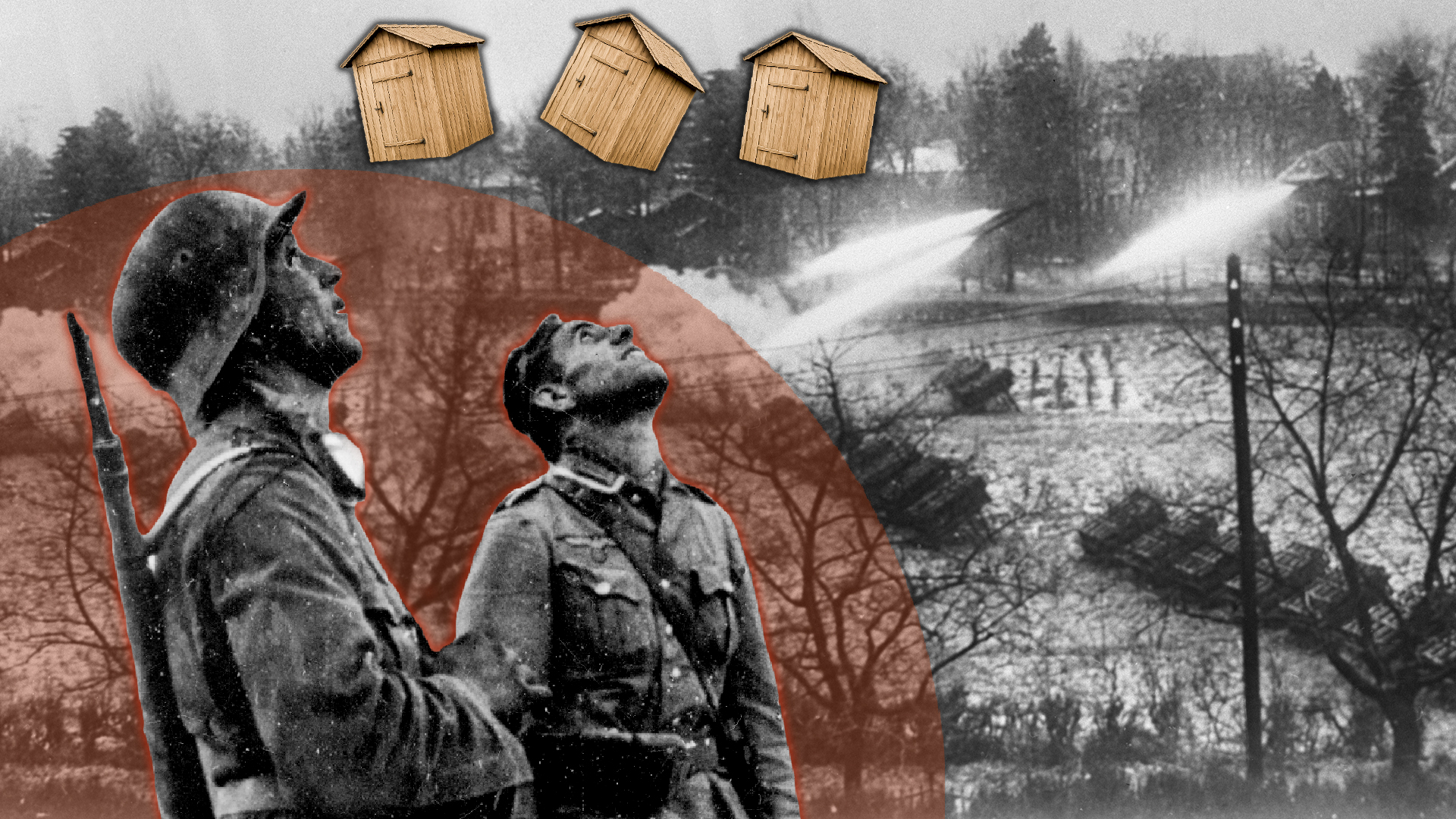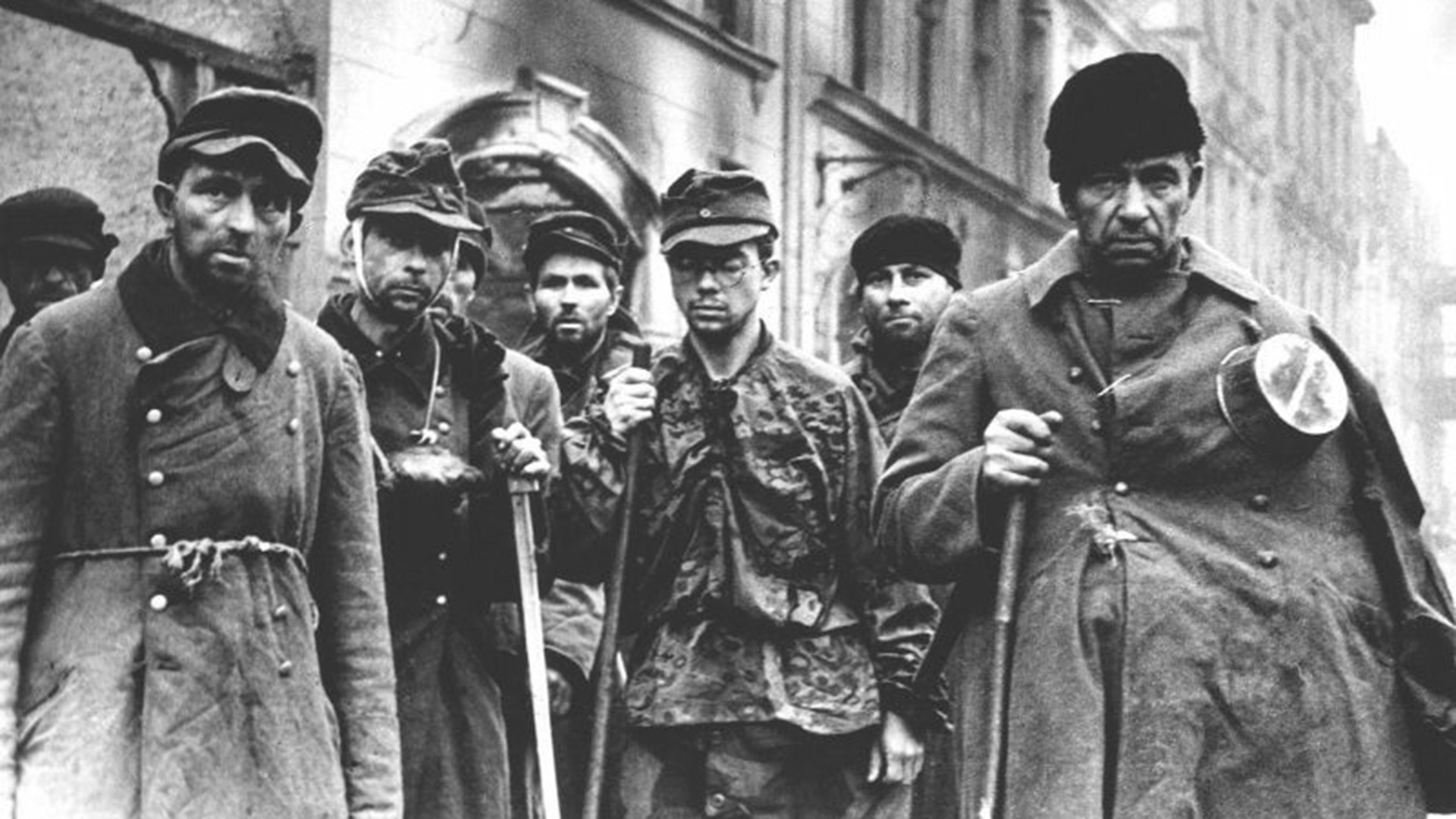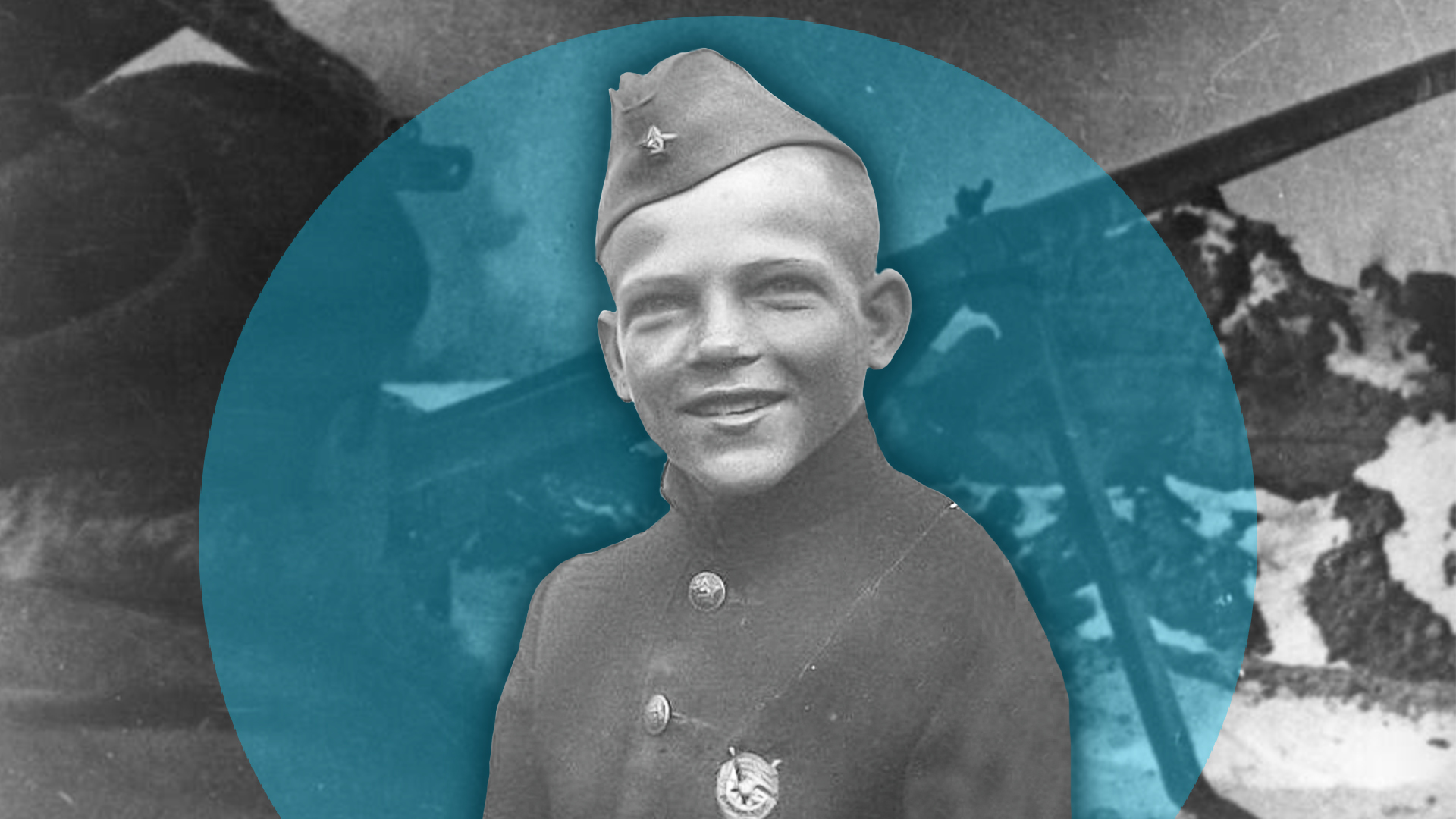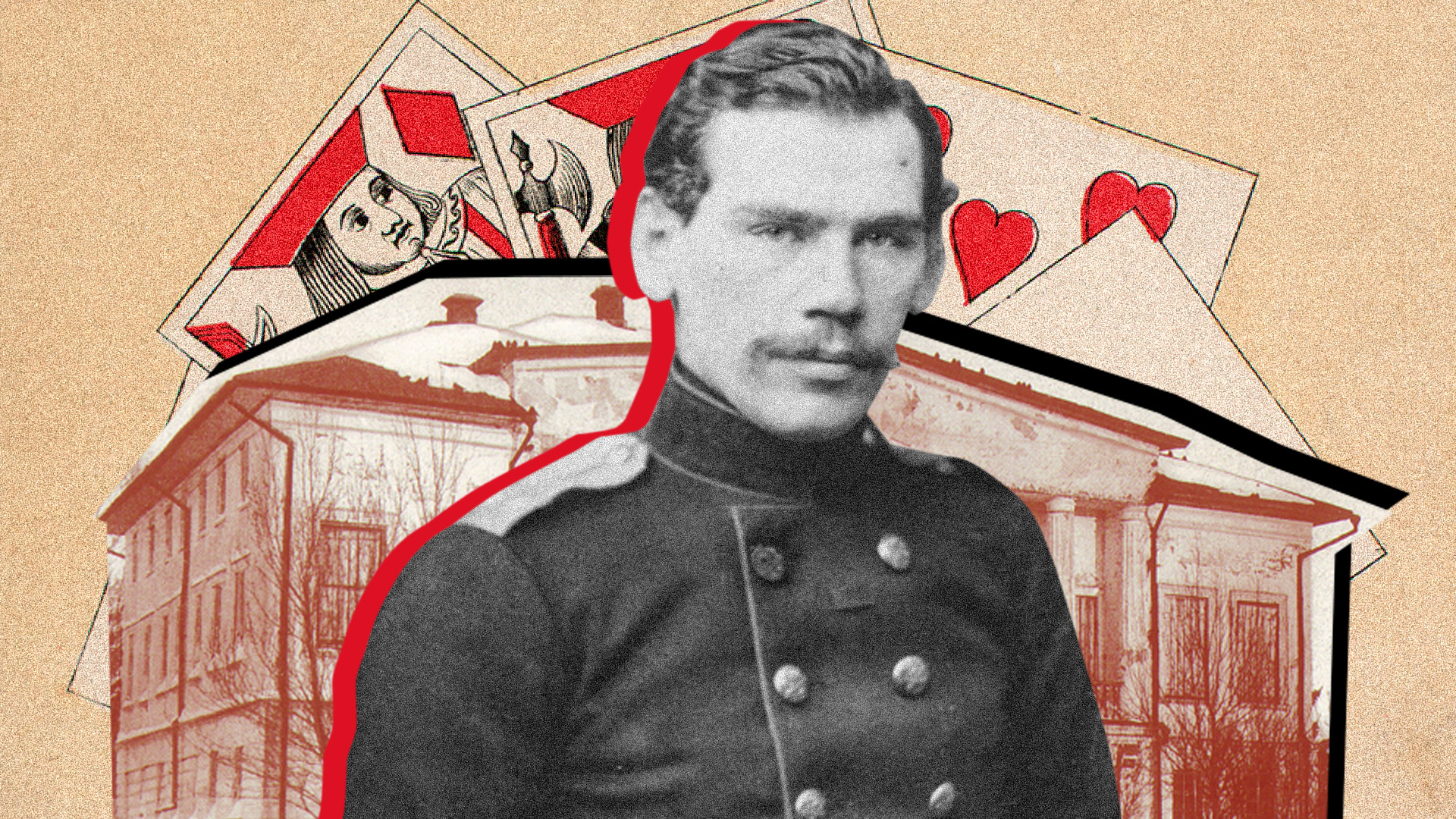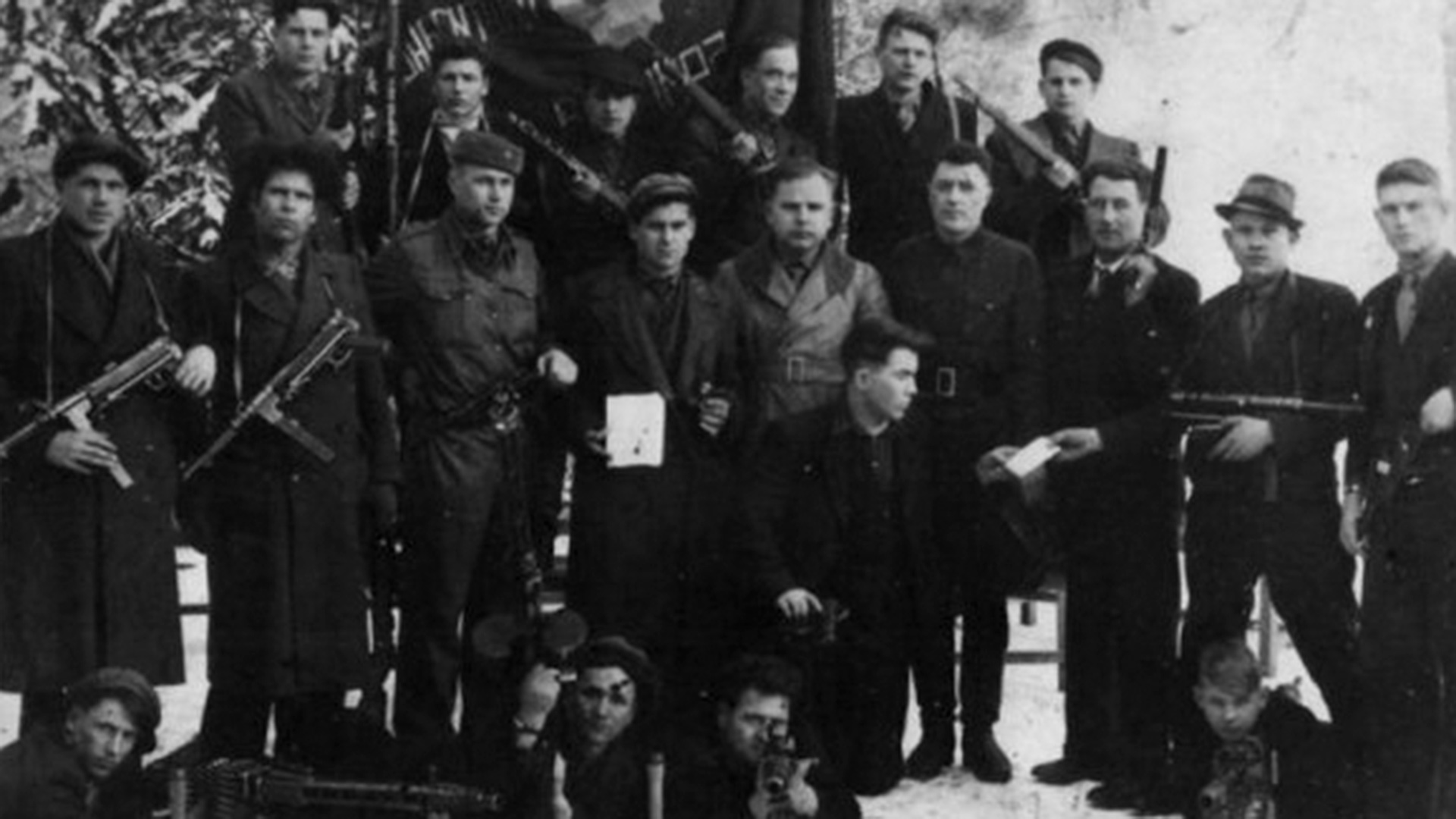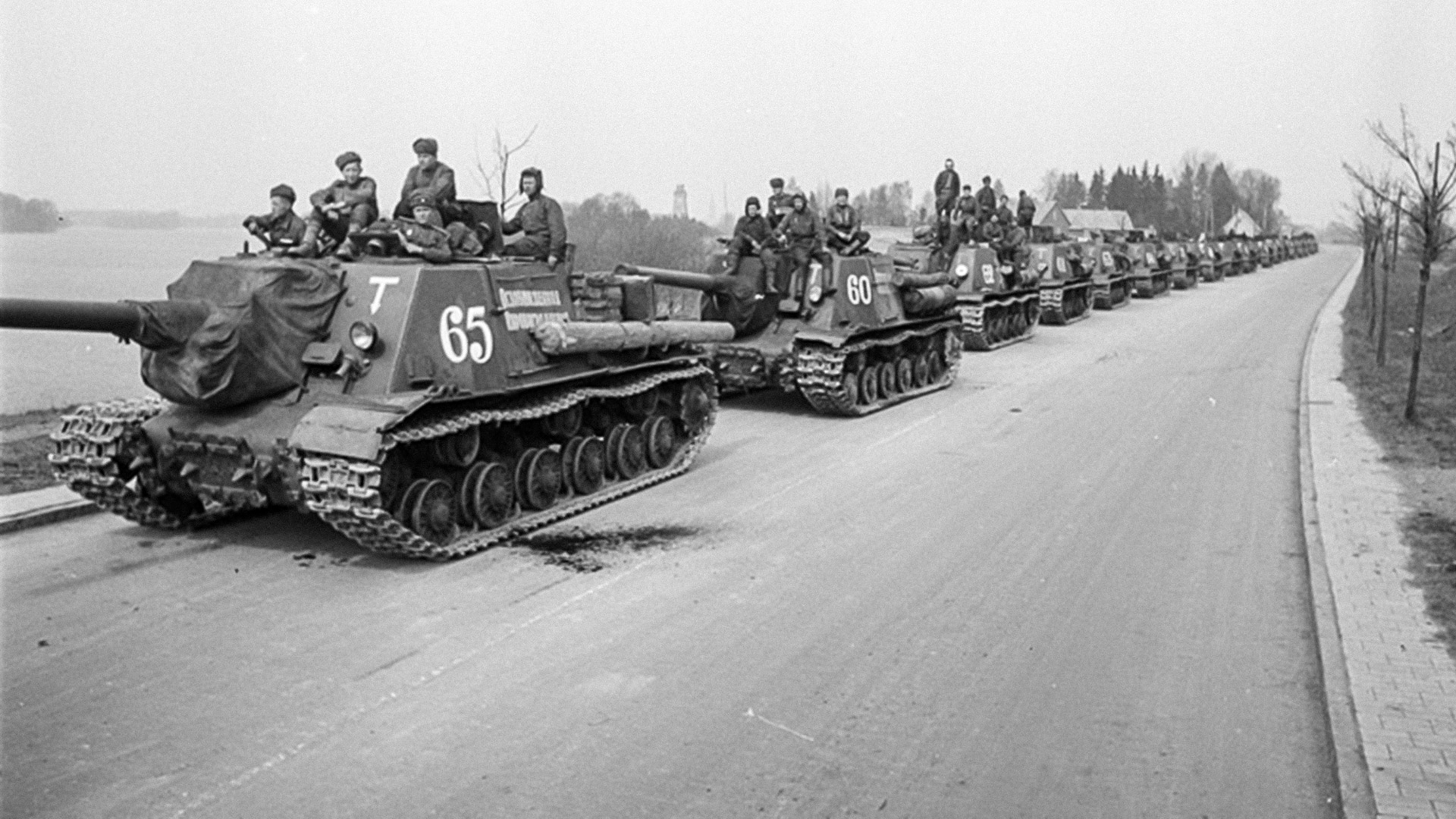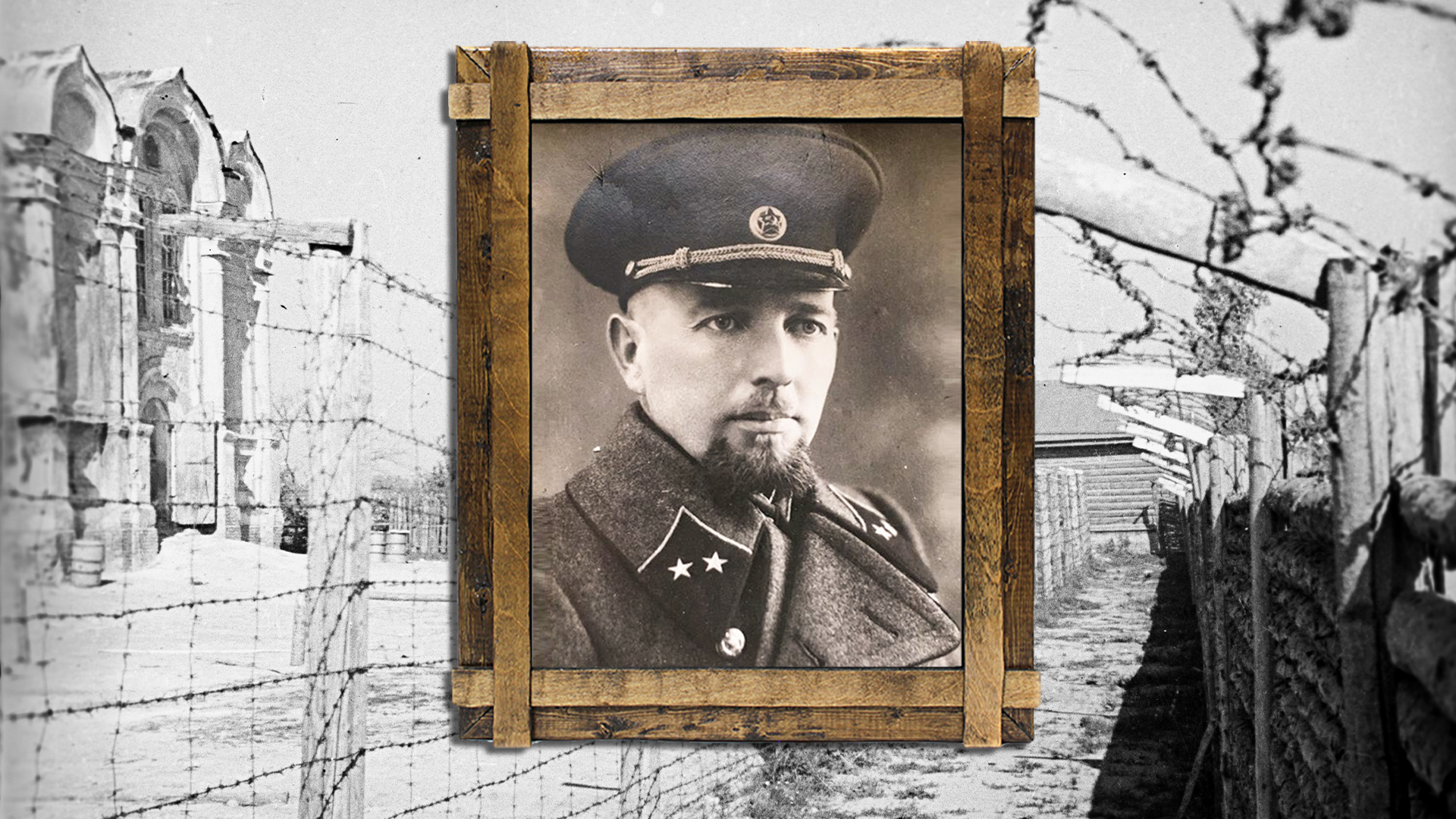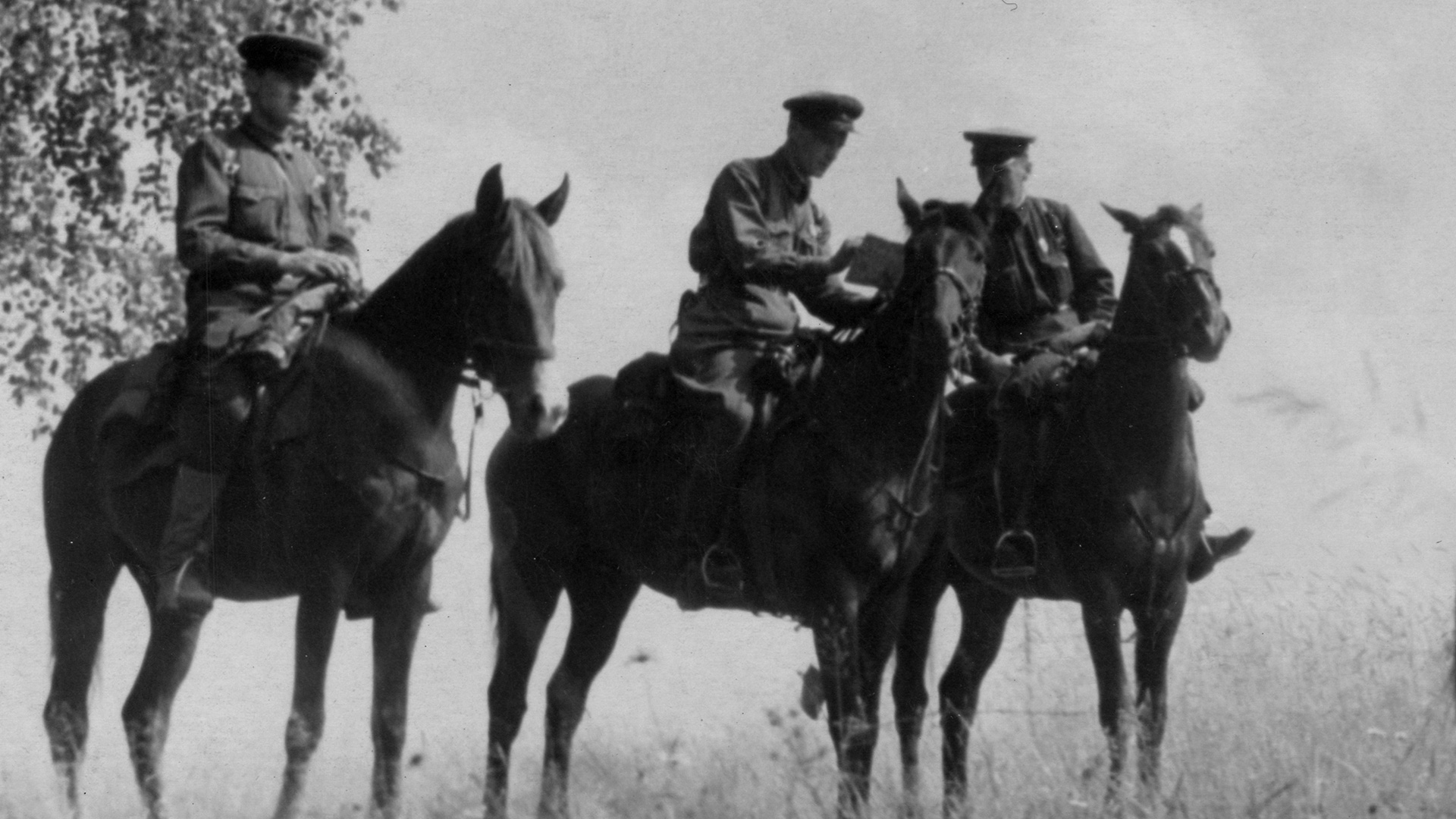
10 must-read Soviet books about World War II

1. Alexander Tvardovsky ‘Vasily Tyorkin. A Book About a Soldier’ (1942-45)
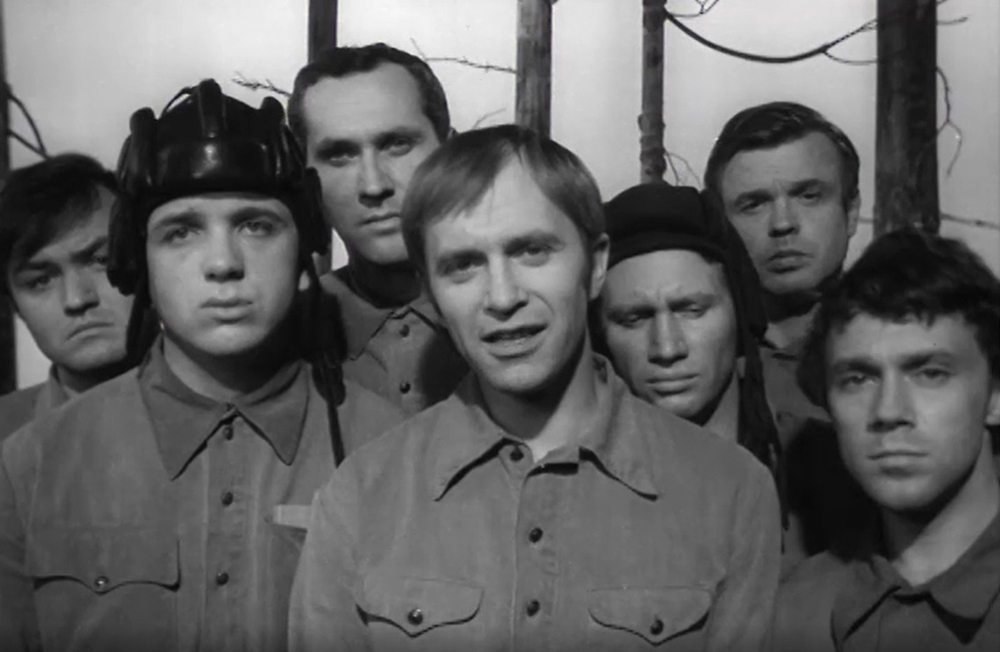 A still from a Soviet film adaptation
A still from a Soviet film adaptation
Tyorkin is a collective image of an exemplary Soviet soldier: cheerful, loving noisy company and songs and, at the same time, a fearless, self-sacrificing hero. Each chapter of the poem represents one case from the front life. Tvardovsky worked as a war correspondent, so he described scenes that he personally saw during the war.
The poem is reminiscent of folk epics and Russian fairy tales. It was a great success with the public and was not censored by the Soviet authorities even though there is not a single mention of either the Party or Stalin's name.
2. Valentin Katayev ‘Son of the Regiment’ (1944)
 A still from Soviet film adaptation
A still from Soviet film adaptation
Kataev was the first Soviet writer who looked at the war through the eyes of a child.
In those years, a large number of orphaned kids found themselves among the army, some of them becoming the so-called 'sons of the regiment'. It's not clear who exactly became the prototype of the main character.
In the story, scouts find a boy named Vanya Solntsev, who has lost his parents. He wants to stay with the soldiers on the front line and, when they try to transport him to the rear, the boy escapes. Vanya's stubbornness works and he is allowed to stay with the regiment and even go on combat missions.
3. Boris Vasiliev ‘The Dawns Here Are Quiet’ (1969)
 A still from Soviet film adaptation
A still from Soviet film adaptation
According to the plot, five female gunners and their male commander confront Nazis in the forests of Karelia. They have no communication with the army, so they are forced to make decisions on their own.
The author admitted that the plot was fiction, however was inspired by a real case, when soldiers stood to the death without any orders.
Vasiliev himself volunteered to the Red Army in the early days of the war. And several times found himself on the edge of death. His novella became a cult hit and was adapted for the big screen in the Soviet era and in 2015.
4. Daniil Granin, Ales Adamovich ‘Blockade Book’ (1977-1982)
 A still from 'Reading Book of Blockade' documentary
A still from 'Reading Book of Blockade' documentary
You won't read about any battle scenes in this book, but reading it will still make your blood run cold. This is a documentary chronicle of the siege of Leningrad, for which Granin and Adamovich collected the testimonies of 200 eyewitnesses. In terrific detail, they described the horrifying life of the Leningrad citizen who suffered cold and hunger cut off from the world.
The book demonstrated such an unfavorable truth of the war that it was banned by the party leadership during the Soviet era and was first published only during perestroika.
5. Viktor Nekrasov ‘Front line Stalingrad’ (1946)
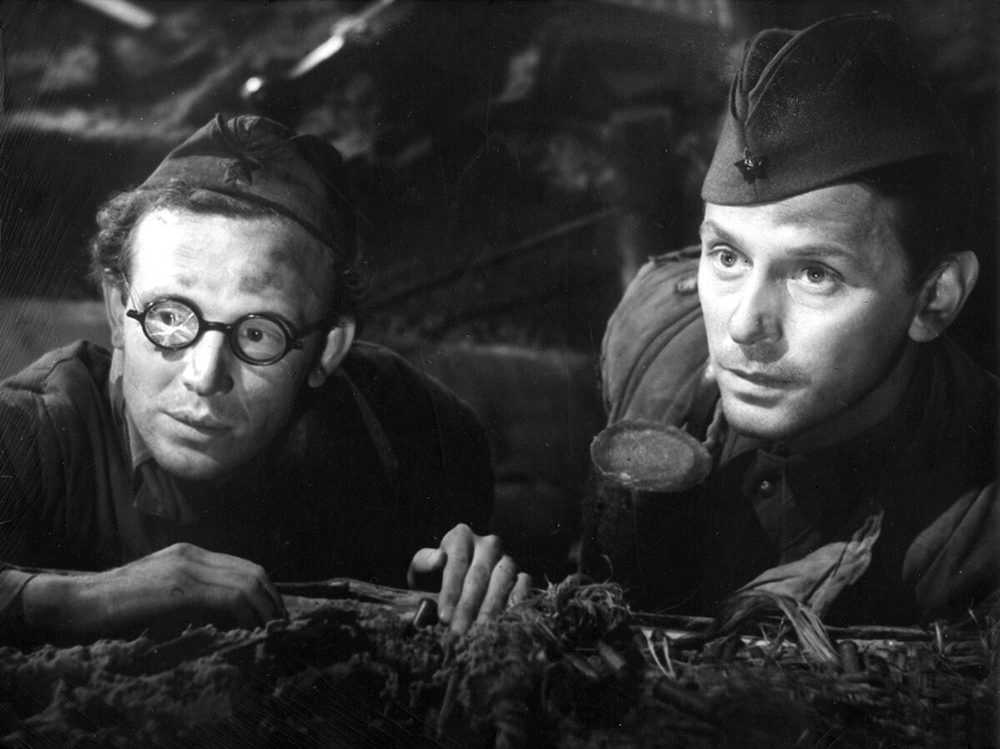 A still from Soviet film adaptation
A still from Soviet film adaptation
According to the plot, at the beginning of the war, an architect is mobilized to serve as a military engineer and sapper. And, later, he participates in the Battle of Stalingrad. The autobiographical novel was published immediately after the war and made waves. Nekrasov was not a professional writer and didn't particularly hope for the publication of the work. But, the story was published by the ‘Znamya’ magazine, where Stalin read it and liked it, so the author was awarded with the ‘Stalin Prize’.
Many writers highly appreciated Nekrasov's work and it was after this work that they began to talk about the so-called lieutenant prose, which demonstrates the “trench truth” (the novel title in Russian literally translates as ‘In the Trenches of Stalingrad’). After the publication, veterans who had gone through the war began to write their memoirs en masse.
6. Konstantin Simonov ‘The Living and the Dead’ (1959-1971)
 A still from Soviet film adaptation
A still from Soviet film adaptation
Simonov is known as the author of the most poignant poem about the war – ‘Wait for Me’ (1941) – but his novel-epic made no less impression on the public. The trilogy covers the period from the beginning of the war to the Summer of 1944.
It describes a whole palette of destinies plowed in the millstones of war. The central character is a war journalist named Ivan Sintsov. He finds himself surrounded, wounded, experiencing the loss of loved ones and other hardships of war. Simonov himself went through the war as a correspondent, so many of his characters have real prototypes, although the entire novel is a fiction.
7. Mikhail Sholokhov ‘Fate of a Man’ (1956-1957)
 A still from Soviet film adaptation
A still from Soviet film adaptation
Mikhail Sholokhov was awarded the Nobel Prize for literature for his epic novel 'And Quiet Flows the Don' about Russia's Civil War. And he also wrote one of the most poignant stories about World War II, which was based on real life. The writer heard the story firsthand from a casual acquaintance and decided to write a story about it. Director Sergei Bondarchuk won the main prize of the Moscow International Film Festival in 1959 for the screen adaptation of the work.
In the story, a chauffeur named Andrei Sokolov joins the army, falls into Nazi captivity and into a concentration camp. He manages to escape, but he learns that his wife and daughters are dead. Only his son has survived, but, on the last day of the war, Sokolov receives news that his son has been killed in action. After the war, the hero meets a small orphaned boy and decides to tell him that he is his father. So, they both find a new life.
8. Boris Polevoy ‘The Story of a Real Man’ (1946)
 A still from Soviet film adaptation
A still from Soviet film adaptation
This is a book about pilot Alexei Meresiev, a hero of the Soviet Union. In March 1942, his plane was shot down and crashed in the woods. With broken legs, he crawled for eighteen days on the frozen ground to reach people. He had both feet amputated, but, a year later, he returned to combat flying and immediately shot down two enemy fighters.
All these events were real. Being a military correspondent, Boris Polevoy met a real pilot named Alexei Maresiev right after he returned to the front. And then wrote a novel about him, slightly changing his last name.
In the Soviet era, the story became iconic and every schoolchild knew the name of Alexei Maresiev. There is a Soviet movie based on the story, while Sergei Prokofiev wrote an opera of the same name.
9. Alexander Fadeyev ‘The Young Guard’ (1946)
 A still from Soviet film adaptation
A still from Soviet film adaptation
This novel is based on real life and tells about the underground youth organization called the Young Guard who was fighting against the Nazis in the occupied territory. Many of the young partisans were caught and executed. But, even under torture, they did not betray their comrades-in-arms.
This is a work of fiction, although Alexander Fadeyev collected eyewitness accounts for it. The first edition of the novel was published immediately after the war, in 1946. But, Stalin criticized it for the fact it lacked the description of the Communist Party role, as if the youth underground organization acted on their own. Being one of the main writers-ideologists and secretary of the USSR Writers' Union, Fadeyev seriously revised the book. The second version came out in 1951 and was included in the school literature program.
10. Vasily Grossman ‘Life and Fate’ (1950-59)
 A still from Russian TV-show based on the novel
A still from Russian TV-show based on the novel
The novel is based on the author's biography and the tough things he went through. For a long time Grossman worked as a war correspondent and witnessed the Battle of Stalingrad. He wrote about life in evacuation and Stalin's purge. He brightly showed how neighbors and friends turned away from the relatives of the repressed people. Grossman saw the murder of Jews by the Nazis (his mother was killed in the German occupation).
Today, Grossman's epic is often referred to as “‘War and Peace’ of the 20th Century”. But, during the Soviet era, the manuscript was seized and banned from publication, because of its abundant criticism of the Stalinist regime (and even comparisons of Stalin to Hitler). However, a copy of the text survived and Grossman sent it abroad.
The novel was published in Switzerland in 1980 and came out in the USSR only during perestroika, in 1988.



